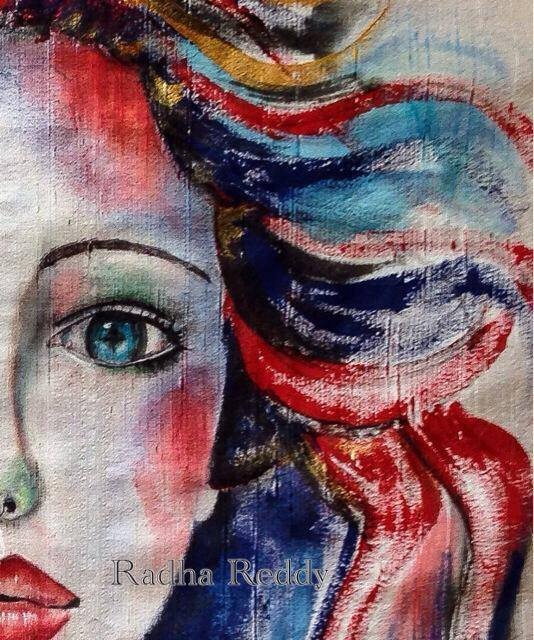The Art of Silk
Jun 30, 2020

The first medium that piqued my interest in painting as a career was silk. It is a truly unique style and I was hooked from the minute I first laid the brush filled with dye on the silk and watched the colours flow and the picture come to life - it can be quite a mesmerizing and meditative process to watch.
The silk is used as the ‘canvas’ or the surface for the paintings; although silk is a delicate fabric, it can be used to create bold, contemporary paintings. Of all the work that I have done silk painting is the one area that I receive the most questions about as it is so unique and people are always fascinated by the technique.
Silk painting requires a staged approach and thus a great deal of patience! The silk is initially cut and stretched over a wooden frame and attached using pins. The artist then draws directly onto the silk using a solvent gutta or water based gutta which acts as a barrier for the dyes and is sued to outline the subject of the painting. The gutta is allowed to dry and then the colourful dyes are applied. When the painting is dry, it is removed from the wooden frame and steamed for 4 to 6 hours. Steaming helps to the set the colours permanently as well as bringing out the vibrancy of the individual hues. Lastly the finished product is pressed and stretched in preparation for framing.
I was fortunate enough to learn the art of silk painting in Mumbai from a friend. She was instrumental in teaching me the basics of the craft and for this I will always be immensely grateful. I spent many years developing my skills in silk painting. I experimented with different types of French silk often using raw silk and patterned silk in my pieces.
I was initially drawn to this style of painting because it requires a great deal of skill and needs lots of practice to achieve the desired effects. I eventually stopped using gutta to form outlines as I got more confident in controlling the flow of the dyes. I find the process of silk painting very engaging as you have to be in control from the beginning to the end of the process – one wrong move and the dyes will not flow in the direction you want them to, which can completely change the outcome of the painting.
Silk painting was my first love and although I do less of it these days I will always be grateful for the lessons and skills I have learned through honing this craft.











